It’s no secret that most of us, Gen Z or not, love a good bargain. Fashion remains at the top of the charts as far as consumer buying goes for most generations. But these days, with the rise of sustainability as a major stumbling block for industry giants like H&M and Zara, there seems to be a great divide amongst consumers. Whilst some are all for the thrifting market and living as sustainably as possible, many of us are still buying from the high street or online giants. So, what do we as consumers want? Do we want sustainability or do we only want it when it comes at no extra cost to our already overstretched pockets?
Why Fast Fashion is such a big problem
The fashion industry is second only to the oil industry when it comes to pollution. It is also one of the single biggest wasters of water.
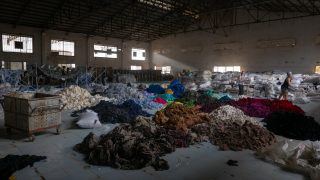
Photo by Francois Le Nguyen on Unsplash
And around 15% of the fabric that is produced at great cost to the planet ends up being discarded. Whilst we’re big on the “buying” part of the experience, when it comes to getting rid of old, worn out or just unwanted garments, as consumers, we fall short.
On average, each of us will throw away 70 pounds of clothing and shoes annually. These discarded items end up in a landfill. For those who don’t know, landfills are one of the worst polluters and play a large part in climate change. Perhaps even more disappointingly, a massive 95% of the textiles that go to landfill could be recycled instead.
Big players change the game
Undoubtedly, these major players in the industry have changed the game for us as consumers, and not always in a bad way. Cheaper price points and much quicker access to trendy pieces allow us all to “keep up” with the world of fashion, which often appears to move at the speed of light.
They’ve also opened the door for online retail, so all it takes to get your hands on that nice new dress is a click. Unfortunately, fashion has become so easily accessible and inexpensive that it has become disposable.

Whether it simply doesn’t look right, isn’t what you expected or you simply decide against it, it is so cheap that it almost doesn’t seem to matter.
I’ll admit that I have been guilty of being too lazy to send items back that I don’t want to keep and, in the end, they go for donation or are sold via an online resale platform. Most of us really want to look trendy, and it can sometimes seem as though the only way to do that is to keep buying clothes that we really don’t need and often don’t even wear.
And when we do bother to return them, the awful truth is that they often end up in a landfill anyway. The fact of the matter is that it often costs these companies more to put returns into circulation than it does to simply get rid of them.
The Shein issue
When we think about the big players in the fast fashion game, we usually jump to giants like H&M, Primark, and Zara. But recently we have been shown that these stores look like baby players when compared to the fast fashion machine that is Shein.
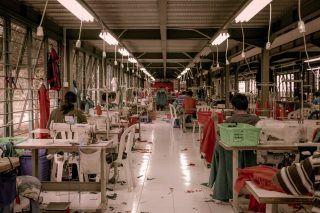
Photo by Rio Lecatompessy on Unsplash
The brand went from relative obscurity to being valued this April at a staggering $100bn. Making it “worth as much as Zara and H&M combined”.
Shein’s revenue has grown exponentially over the past couple of years. It took just $2bn in 2018, but that increased to a massive $15.7bn in 2021.
Shein uses the same business model as other giants
Founded in 2008 by Chris Xu, using the “test and repeat” business model, based on those of Zara and H&M, combined with consumer demand means that the company can produce up to 10 000 new products per day! With items constantly marked down for limited periods, consumers are encouraged to “buy now or miss out.” This of course results in a devastating amount of waste because it solidifies the idea that you can’t wear something twice in consumers’ minds.
Just 6% of Shein’s inventory remains in stock for more than 90 days. Third-party suppliers in China are commissioned to produce small batches of each item, often just 50-100. If the item does well, further, larger batches will be commissioned. If not, the line is 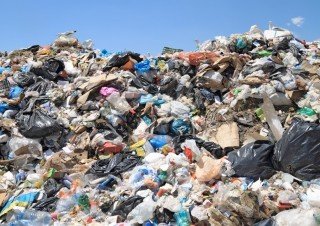 discontinued immediate effect. And Shein ships to more than 150 countries, which, while it sounds like it could be a good thing, is awful for the planet.
discontinued immediate effect. And Shein ships to more than 150 countries, which, while it sounds like it could be a good thing, is awful for the planet.
Just consider the emissions of shipping, not just deliveries but also returns.
The app is now the most downloaded in the USA
To make matters worse, despite how much more we seem to know about how fast fashion affects the planet, we seem to be ignoring that fact when it comes to cheap clothing. Just last year, in 2021, Shein overtook online behemoth Amazon as the most downloaded app in the US. This just shows how its online marketing campaigns (we’ve all seen Shein ads on our feed) have so effectively allowed the brand to overtake rivals.
However, this seems to be somewhat paradoxical when we consider its meteoric rise in popularity comes despite ongoing poor social and environmental records and controversial practices. This ranges from stealing designs from small businesses to producing swastika necklaces and, of course, the very questionable labor practices associated with the brand.
A probe by Swiss Advocacy group, Public Eye found that workers at suppliers of the Chinese fashion giant Shein are working 75-hour weeks with only one day off per month.
So, what can we do?
The simple answer is to stop shopping at massive fast fashion stores like Shein. However, that is unlikely to happen. What we can do is reduce how often we shop with stores that promote fast fashion.
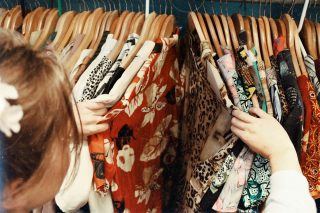
Photo by Becca McHaffie on Unsplash
When consumer demand decreases, so will the production amounts associated with the brand. We also need to re-think our shopping habits.
Consider what the use-value of an item is and how long you are likely to wear it. Your wardrobe should, at least largely, be made up of pieces with longevity that are better quality and, ideally, sustainably made.
You want a strong capsule wardrobe as the basis. Thereafter, you can add trend pieces without wasting money and creating too much waste.
References
https://www.bbc.com/news/business-59245708
https://edgexpo.com/fashion-industry-waste-statistics/
https://www.marieclaire.co.uk/fashion/sustainable-fashion-743666


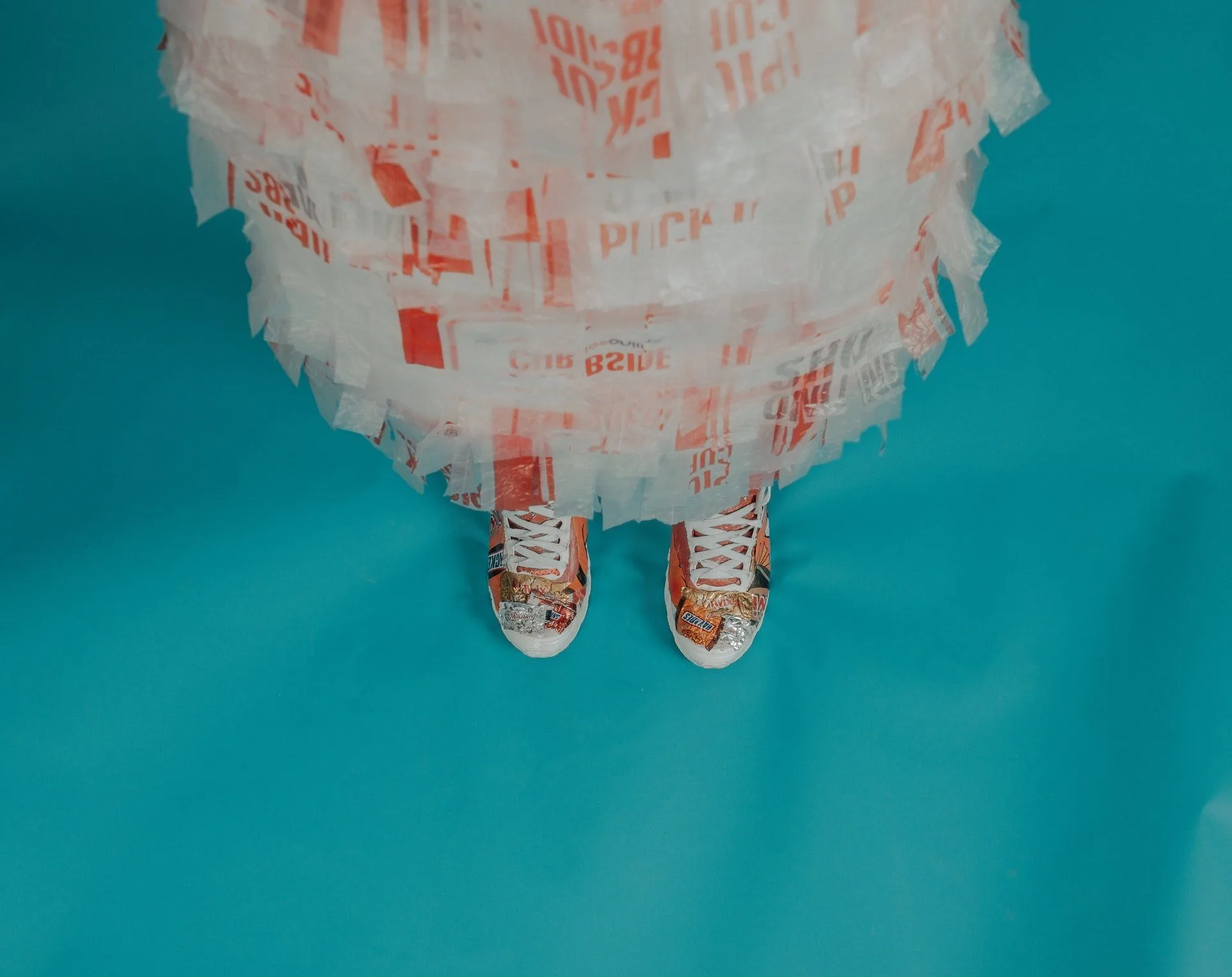


![women [longevity live]](https://longevitylive.com/wp-content/uploads/2020/01/photo-of-women-walking-down-the-street-1116984-100x100.jpg)










